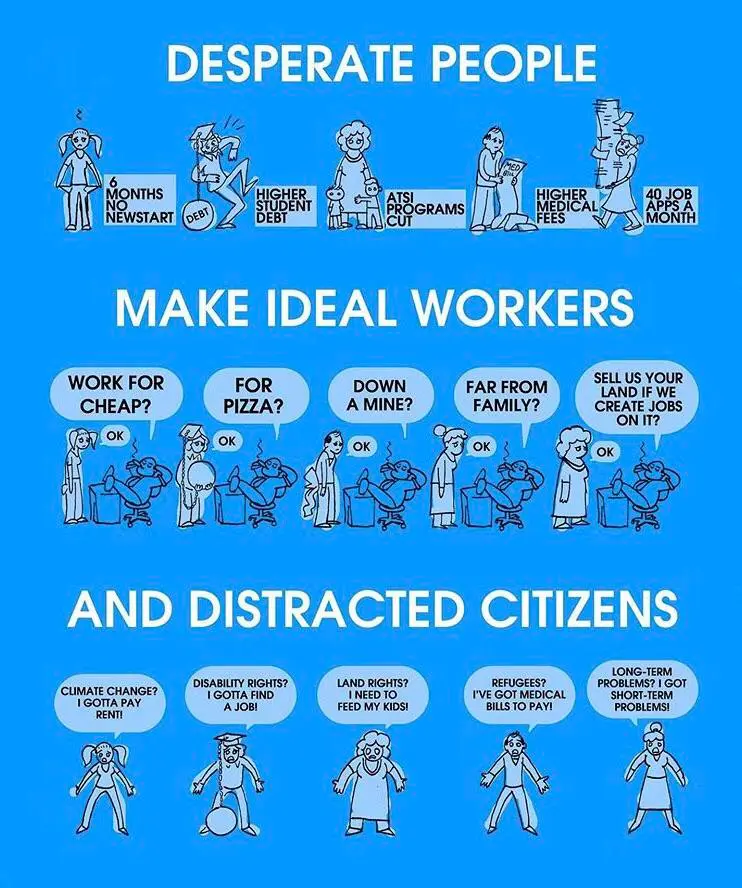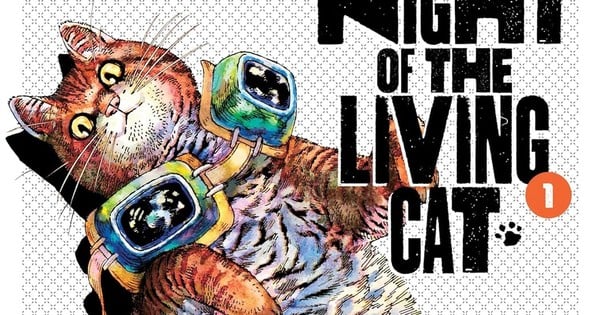- 127 Posts
- 14 Comments

 8·8 months ago
8·8 months agoNot bad for just a bunch of episodes linked together

 4·9 months ago
4·9 months agoReally recommend the first season on Netflix

 4·9 months ago
4·9 months agoFor reference, One Piece Red made 2.25 Billion and JJK 0 made 2.7 Billion.

 2·10 months ago
2·10 months ago"After the union campaign at the Mercedes-Benz Plant in Tuscaloosa went public last week, Gov. Kay Ivey came out strongly against the effort, calling the UAW an “out-of-state special interest group” that was placing Alabama’s model for economic success “under attack,” and “telling Alabama how to do business.”
Isn’t Alabama one of the poorest states in the US? What economic success lmao
Was not expecting this

 2·10 months ago
2·10 months agoThink you meant Oscars because emmys are for tv shows

 12·10 months ago
12·10 months agoPeople sign up for .world and subscribe to this community.

 1013·10 months ago
1013·10 months agoAll they’ve removed is a post that linked to an instance that they had de-federated from. They haven’t really taken off any anime related content from the time I’ve been here so claiming it’s content removal hammer is overblown. I also don’t agree with the migration to the other instance. This is the largest anime community by far on lemmy, it’s where most new users will migrate to and other than not having access to Shinobu, there has been little to no signs of being censored or anything.

 8·10 months ago
8·10 months agoFWIW: 76% of Golden Globe winners have gone to win the Oscar for Best Animated Movie. Bodes well for Miyazaki.

 4·10 months ago
4·10 months agoIs Shinobu not working anymore? Not seeing new episode posts in ani.social

 7·11 months ago
7·11 months agoThe main lobbying group for U.S. retailers retracted its claim that “organized retail crime” accounted for nearly half of all inventory losses in 2021 after finding that incorrect data was used for its analysis.
A spokesperson for the National Retail Federation said Tuesday that the organization had removed the sentence from its report on organized retail crime published in April. It produced the report in collaboration with private security firm K2 Integrity.
The research – which was edited in late November, according to NRF’s website – previously stated that “nearly half” of the $94.5 billion in inventory losses reported by retailers in a 2021 survey “was attributable” to organized retail crime.
Retail executives and law enforcement officials use the term organized retail crime to describe coordinated groups of thieves who shoplift or steal from retailers’ warehouses and trucks, reselling stolen merchandise on the black market.
The NRF’s claim that organized retail crime accounted for “nearly half” of inventory losses was repeated in multiple media reports on the issue. The NRF has cited growing rates of crime in calls for Congress to pass new laws, including proposed legislation that would broaden the scope of offenses considered “organized” crime and increase potential penalties.
According to NRF spokesperson Danielle Inman, the claim that organized crime accounted for nearly half of all inventory losses was based on two-year-old testimony from Ben Dugan, former president of the advocacy group Coalition of Law Enforcement and Retail. In 2021, he told a U.S. Senate committee that organized retail crime accounted for $45 billion in annual losses for retailers, according to estimates by the coalition.
The inclusion of the claim in NRF’s report was “taken directly from Ben’s testimony” and “was an inference made by the K2 analyst linking the results of the NRF survey from 2021 and Ben Dugan’s statement made that same year,” Inman said.
K2 Integrity did not immediately respond to a request for comment. Dugan could not immediately be reached for comment on how the coalition calculated the $45 billion figure.
The NRF also removed references to the coalition’s research in its April report.
The NRF’s retraction highlights ongoing difficulties in quantifying the role crime plays in “shrink” – another industry term for inventory losses due to any cause, from shipping mistakes to clerical errors.
Some law enforcement sources, including a November report from the Council on Criminal Justice, suggest that shoplifting outside major cities like New York has decreased since the start of the COVID-19 pandemic. Many retailers, however, say that shoplifting is widely underreported and crime statistics do not accurately reflect the scope of the problem.
Target (TGT.N), DICK’s Sporting Goods (DKS.N) and Walgreens (WBA.O) are among major retailers that have cited rising crime as a significant drag on profitability, though some have since walked back on those concerns. In a January earnings call, Walgreens’ CEO told investors that “maybe we cried too much” when reporting rising shoplifting the previous year.
Industry data, on the other hand, is often “noisy” or conflates broader statistics on shrink with those on organized retail crime, according to Trevor Wagener, chief economist for the Computer & Communications Industry Association, which has analyzed retail crime data on behalf of members such as Amazon.com (AMZN.O) and Apple (AAPL.O).
He pointed to the Retail Industry Leaders Association’s recent estimate that organized crime cost U.S. retailers nearly $70 billion a year, which relied on data from five Fortune 500 companies RILA described as “some of the largest retailers in the country.”
“That’s a very significant extrapolation, especially in an industry where it’s well known that shrink issues vary quite a bit depending on the category of the retailer,” Wagener said.
A spokesperson for RILA said the group “stand[s] by the data from our 2021 report.”
NRF data from its annual Retail Security Survey indicates that the percentage of shrink attributed to external theft, including organized retail crime, has largely remained around 36% since 2015.
















If they can win a union election in ALABAMA of all places, then the rest of the automakers should be very afraid. Let’s hope it happens